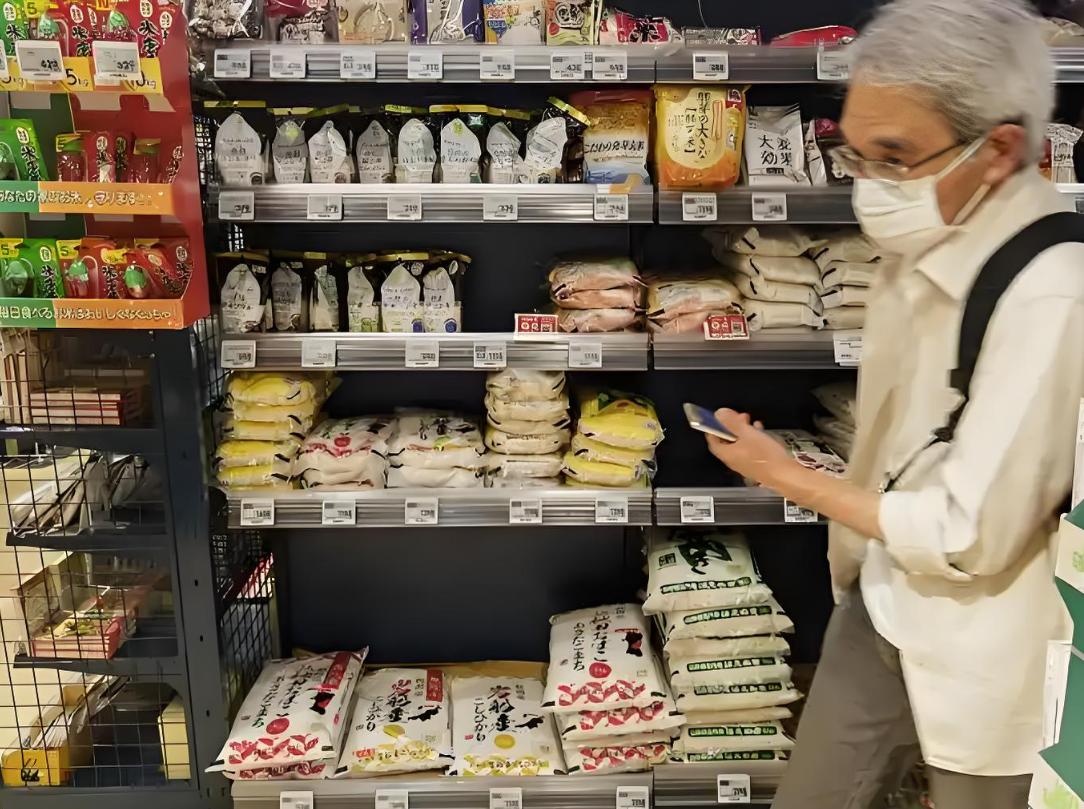
According to a survey conducted by the Japanese Imperial Database on the price modification trends of 195 major food manufacturers in Japan, by July 2025, the number of food items with price increases for household use reached 2,105, surpassing 2,000 for the first time in three months. The average increase rate was 15%. This figure was 1,687 more than the same month last year, more than five times higher. The main reasons for the price increase include rising raw material costs, increased production costs due to the rise in energy and fuel prices, and the increasing burden of labor costs, packaging costs, and logistics costs. The number of price-increased items in a single month has been higher than that of the same month last year for the seventh consecutive month since January this year, setting a new record since the data began to be collected in 2022. From the perspective of food categories, except for spices like curry, the number of price-increased items centered on sauce products was the highest, at 4,483; followed by "alcoholic beverages and drinks" with 206; "snacks" with 196, with the number of price-increased items exceeding 100 for the first time in four months; and "processed foods" with 4,138 price increases. Among them, the soaring price of rice led to a significant increase in the price of boxed rice.
The increasing number of goods with price increases in Japan has brought complex and multi-faceted impacts to various fields, especially to the economic field. First, it has an impact on the pressure on people's livelihoods. The overall increase in food prices has dealt a heavy blow to household income, especially for low-income groups. For example, the price of Japanese rice soared by nearly twice compared to the same month last year, leading to a significant increase in the price of processed foods like boxed rice. The average price of convenience store boxed lunches exceeded the 500-yen mark, setting a new record. The proportion of food expenditure in Japanese households has risen to 25.3%, the highest since 1990. The actual wage has been declining for 26 consecutive months, and nominal wage increases have been completely offset by inflation, leading to a shrinking of consumption capacity. The consumption market shows a significant "K-shaped differentiation": the sales of high-end supermarkets increased by 7.2%, while the business of cheap supermarkets expanded by 15%. This differentiation reflects the expansion of social income gaps. High-income groups are less affected by price increases, while the living pressure of low-income groups has sharply increased. The 5 trillion yen subsidy plan of the government can only cover 12% of household food expenditures, and is unable to alleviate the pressure on people's livelihoods.
Second, it has an impact on the economic structure. Japan's core CPI has exceeded the 2% target for 22 consecutive months, and rose by 3.7% year-on-year in May 2025, the largest increase in more than two years. Enterprises maintain operations by passing on prices, forming a vicious cycle of "cost-push - price transmission - inflation fixation". To cope with cost pressure, enterprises reduce the number of price increases and increase the single-price increase amount. For example, the average increase rate of 6,000 types of food expected to have price increases from January to April 2025 was 18%, higher than 17% in 2024. Japanese food companies accelerate the transformation of the industrial chain to domestication, such as Nissin Flour Company planning to build a new wheat storage base in Hokkaido, reducing the import dependence from 85% to 70%; Chubai Company invests 5 billion yen in building a new vegetable base in Aomori Prefecture, using AI technology to increase production. This "import substitution" strategy can alleviate exchange rate risks, but it also raises domestic agricultural production costs, forming a new price transmission mechanism. At the same time, the aging population due to low birth rates leads to a shortage of labor (the average age of food industry employees is 48.6 years), the pain of energy transition pushes up production costs, and the reconfiguration of global supply chains intensifies the risk of imported inflation. The "homeland tax" system attracts tax inflows to affluent regions, but poor regions cannot provide attractive gifts, further increasing their fiscal pressure. The imbalance in the distribution of local fiscal revenues becomes more prominent. Solving this problem requires systematic reforms, including reconstructing the food security system, promoting industrial digital transformation, and improving the population structure, but it will not take effect in the short term.
The recent sharp increase in commodity prices in Japan is not a short-term fluctuation; rather, it is a concentrated manifestation of the imbalance in the economic structure resulting from multiple contradictions. If the underlying problems cannot be resolved, the Japanese economy is likely to remain trapped in a "stagflation" quagmire for a long time, and its recovery path will still be full of uncertainties.

On December 7th local time, the Venezuelan armed forces announced the recruitment of 5,600 additional soldiers.
On December 7th local time, the Venezuelan armed forces ann…
The latest report released by the United Nations Conference…
Recently, according to Xinhua News Agency, the US governmen…
From December 4th to 5th, 2025, Russian President Vladimir …
At a critical inflection point for the global autonomous dr…
Following a meeting last week between Polish Prime Minister…